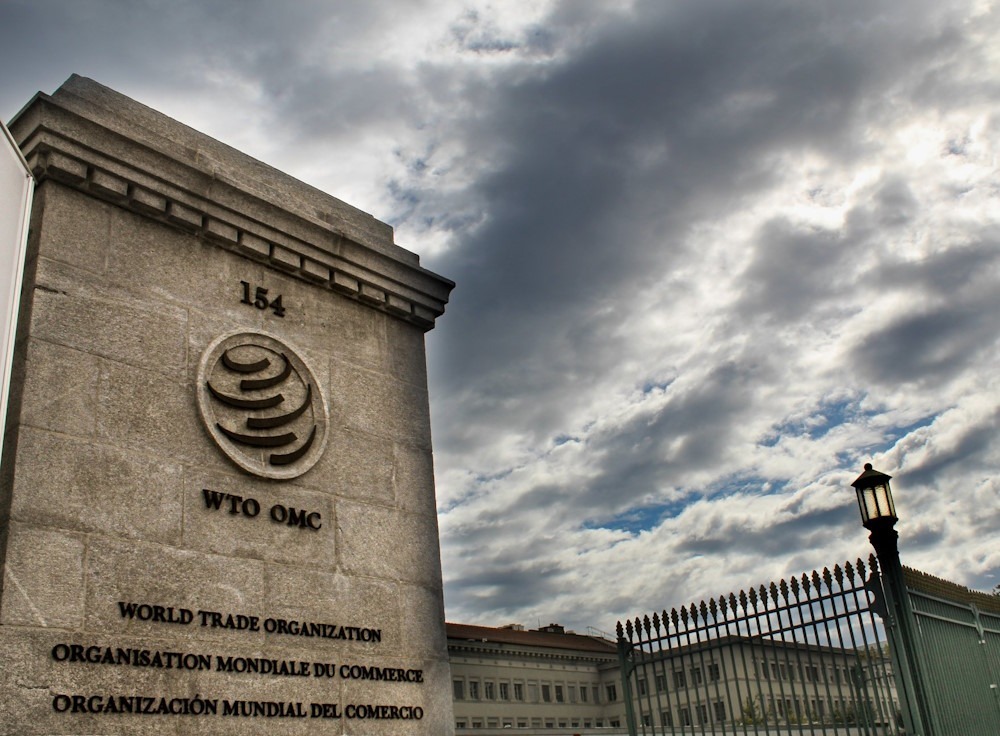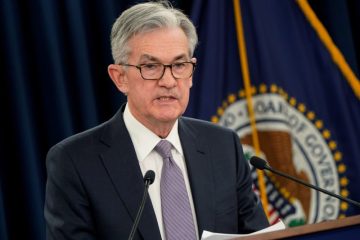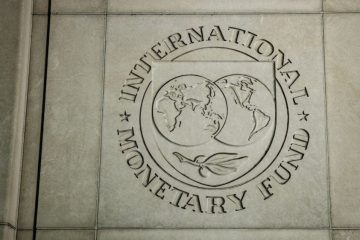Trade decline eases with tariff pause, but dangers remain: WTO

The World Trade Organization reports that the recent pause in tariffs has alleviated some of the declines in trade; however, significant downside risks continue to loom over the market. The World Trade Organization’s latest Global Trade Outlook and Statistics report, released on April 16, indicates that the volume of global merchandise trade is projected to decrease by 0.2 percent in 2025 under prevailing conditions. This figure is nearly three percentage points below what would have been anticipated in a “low tariff” baseline scenario. “This analysis is based on the tariff conditions as of April 14.” The report indicates that trade may decline even more, potentially reaching -1.5 percent by 2025, should conditions worsen. “The services trade, while not directly impacted by tariffs, is anticipated to face negative consequences, as the global volume of commercial services trade is now projected to increase by 4.0 percent, a rate that falls short of earlier expectations.”
Director-General Ngozi Okonjo-Iweala expressed significant concern regarding the prevailing uncertainty in trade policy, particularly in relation to the ongoing US-China stand-off. The recent easing of tariff tensions has provided a temporary reprieve for global trade, alleviating some of the mounting pressures in the market. The persistent uncertainty poses a significant risk to global growth, potentially leading to severe repercussions, especially for the most vulnerable economies worldwide. Amid the ongoing crisis, members of the World Trade Organization are presented with a unique opportunity to revitalize the organization, create equitable conditions for all, enhance the efficiency of decision-making processes, and modify existing agreements to align more closely with contemporary global dynamics.
At the beginning of the year, the WTO Secretariat projected ongoing growth in global trade for 2025 and 2026, anticipating that merchandise trade would expand in accordance with world GDP, while commercial services trade is expected to rise at an accelerated rate. In light of the significant number of new tariffs implemented since January, economists at the World Trade Organization have undertaken a reevaluation of the trade landscape. This has led to a notable downward revision in their projections for merchandise trade, alongside a more modest adjustment in their expectations for services trade.
Concerns surrounding the merchandise trade forecast remain, notably due to the potential reactivation of the suspended “reciprocal tariffs” by the United States. Additionally, the ongoing uncertainty in trade policy could have significant implications for non-US trade relationships. Should reciprocal tariffs be implemented, global merchandise trade volume growth is projected to decline by 0.6 percentage points in 2025. Additionally, the proliferation of trade policy uncertainty could further diminish growth by an estimated 0.8 percentage points. The combination of reciprocal tariffs and increasing trade policy uncertainty is projected to result in a 1.5 percent decrease in global merchandise trade by the year 2025. The Analytical Chapter of the report provides an in-depth exploration of these scenarios. The forecast does not currently account for the risks to services trade stemming from the escalation in trade tensions.
“According to WTO Chief Economist Ralph Ossa, simulations indicate that uncertainty surrounding trade policy significantly dampens trade flows, leading to a reduction in exports and a weakening of economic activity.” “Additionally, tariffs serve as a significant policy tool that can lead to extensive and frequently unforeseen outcomes.” Amid escalating trade tensions, it is increasingly vital to adopt a clear perspective on the associated trade-offs.
The most recent forecast indicates a significant shift from 2024, a year in which global merchandise trade experienced a growth of 2.9 percent, outpacing GDP growth of 2.8 percent. This development marks 2024 as the first year since 2017, excluding the post-COVID-19 rebound, where merchandise trade has outstripped economic output, as detailed in the report. In 2025, recent tariff measures are anticipated to have a significantly varied impact on merchandise trade across different regions.








